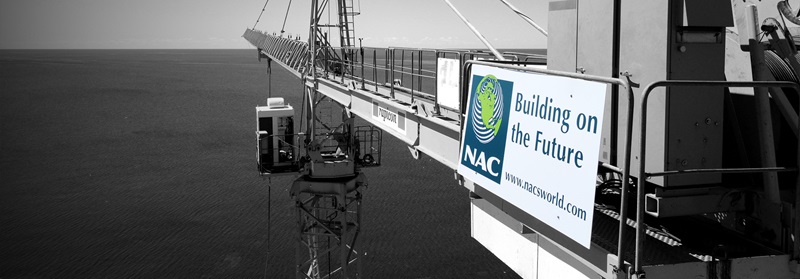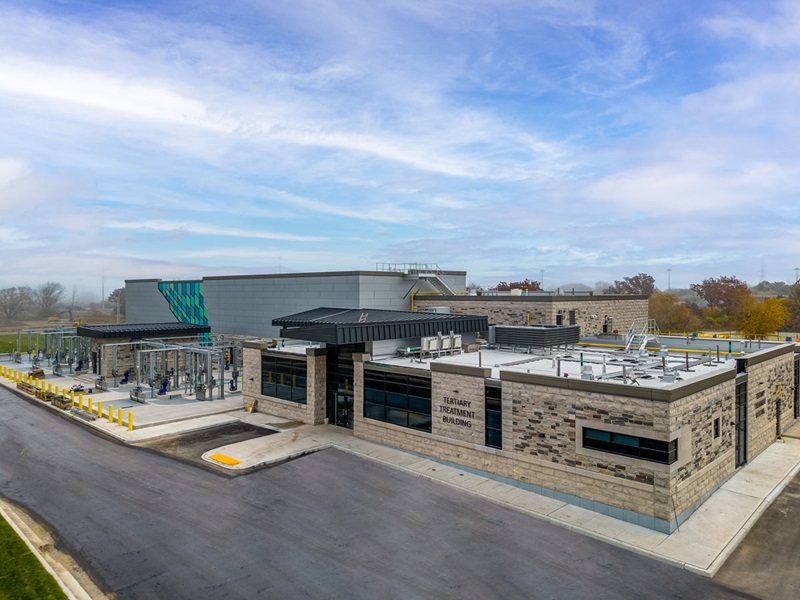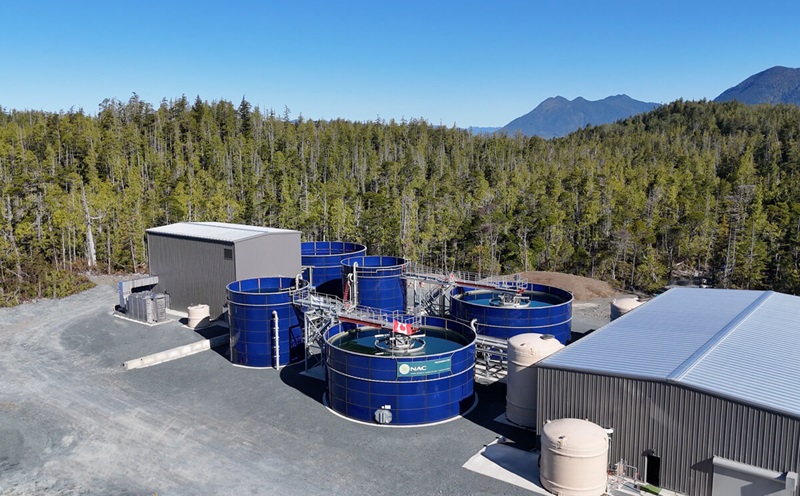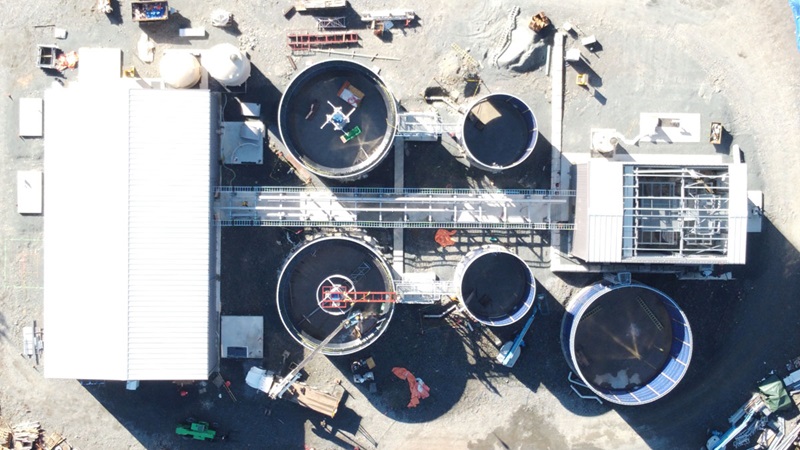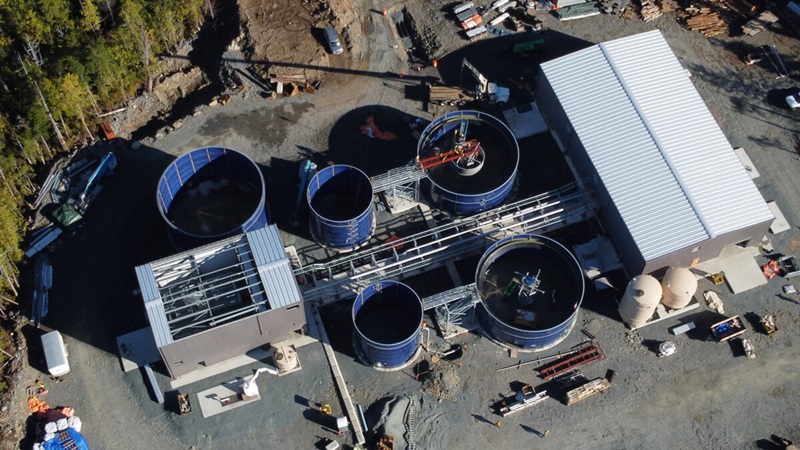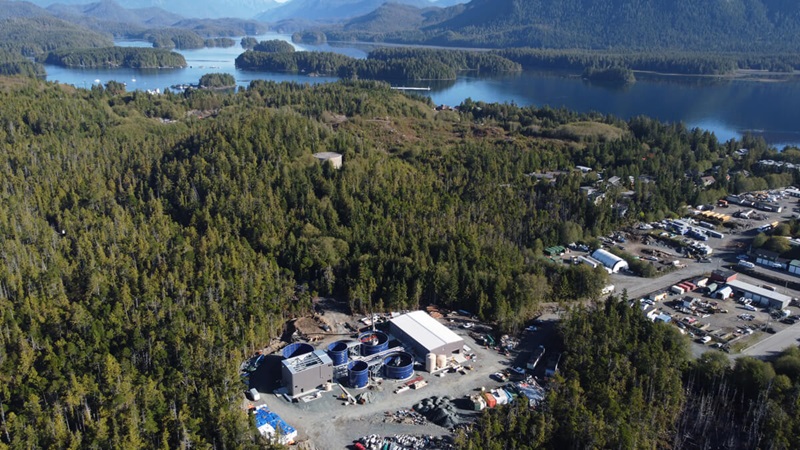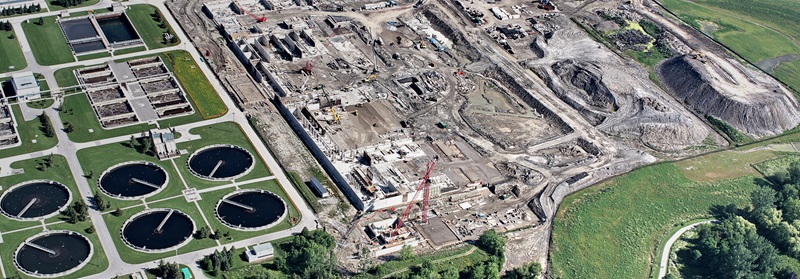
Design-Build
Design-Build is a construction project delivery method in which the design-builder or design-build contractor is responsible for both the design and construction of a project. This approach streamlines the project by combining the roles of the architect, engineer, and contractor into a single point of responsibility.
Key Features:
- Single Point of Responsibility: The design-build contractor is responsible for both the design and construction, simplifying communication and coordination for the project owner.
- Integrated Approach: Design and construction processes are integrated, allowing for more collaboration and innovation. This can lead to better alignment between the design intent and the final construction.
- Potential for Accelerated Timeline: Design and construction phases can overlap, leading to faster project completion. For instance, construction can begin on certain elements while other parts of the design are still being finalized.
Advantages:
- Faster Delivery: Since design and construction phases can overlap, the overall project timeline can be shorter compared to traditional methods.
- Cost Efficiency: Early involvement of the contractor in the design process can lead to more accurate cost estimates, more constructable designs, and better control over the budget.
- Reduced Risk for the Owner: The design-builder assumes much of the risk, including potential design errors and construction issues, since they are responsible for both aspects.
Disadvantages:
- Less Owner Control: The owner has less direct control over the design process, which can be a drawback if they want to be highly involved in design decisions.
- Limitations for Complex Projects: For very complex projects, where specialized design input or Owner’s Intellectual Property is crucial, the design-build approach might not be ideal
Applications:
This method is often used for projects where time efficiency is critical or where the project owner prefers a streamlined process with a single point of accountability. It's well-suited for projects that benefit from a high level of coordination between the design and construction teams.
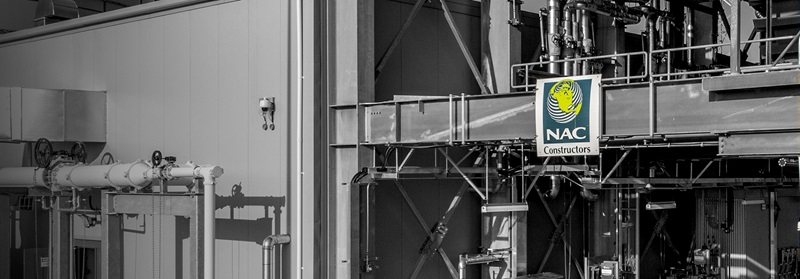
Related Projects
-
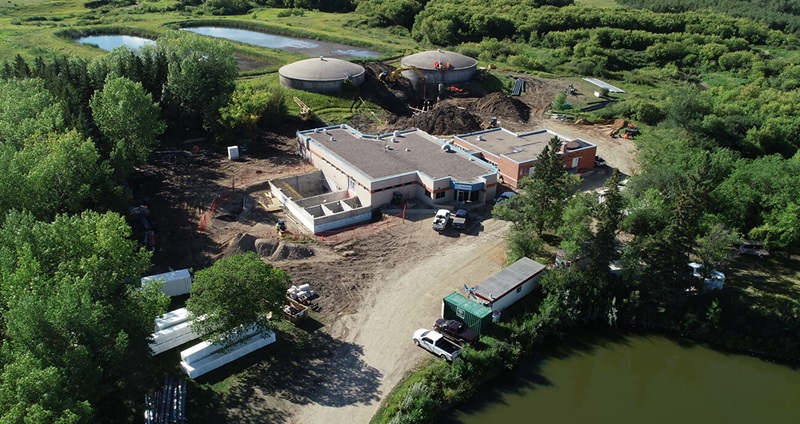
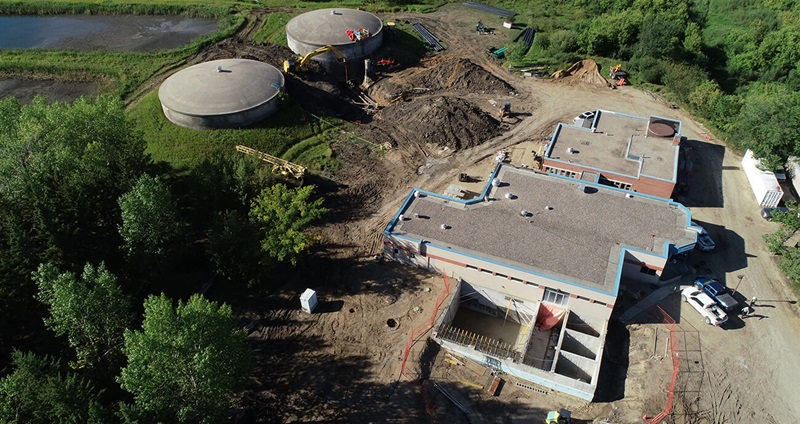
Melfort Water Treatment Plant Upgrades & Expansion
Melfort,
Saskatchewan -
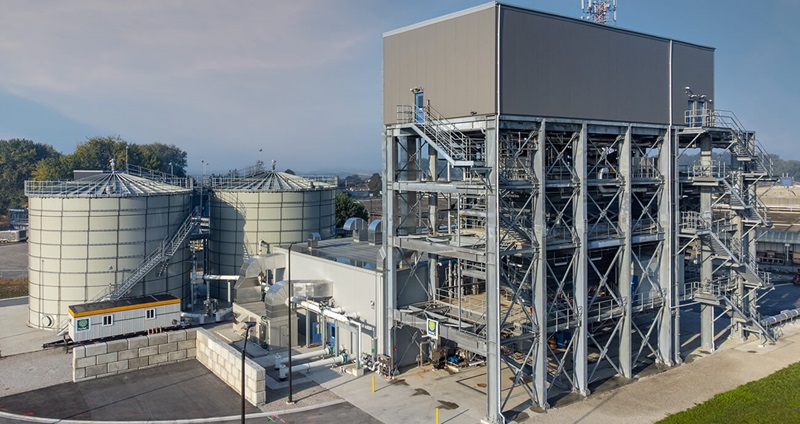

IONA Wastewater Treatment Plant Biosolids Handling Facility
Richmond,
British Columbia -
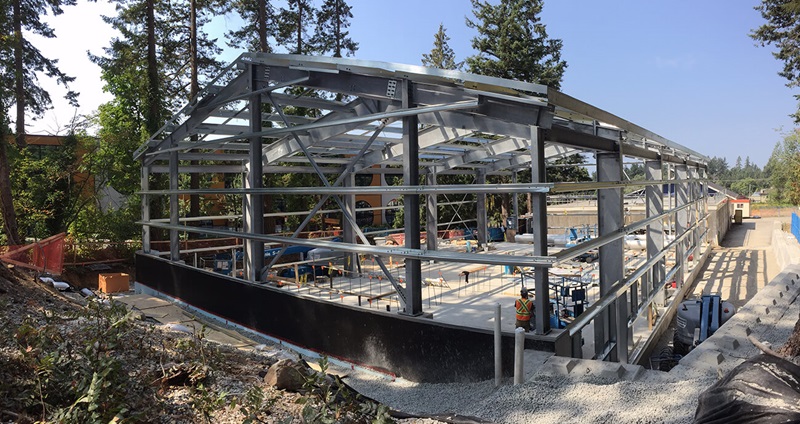
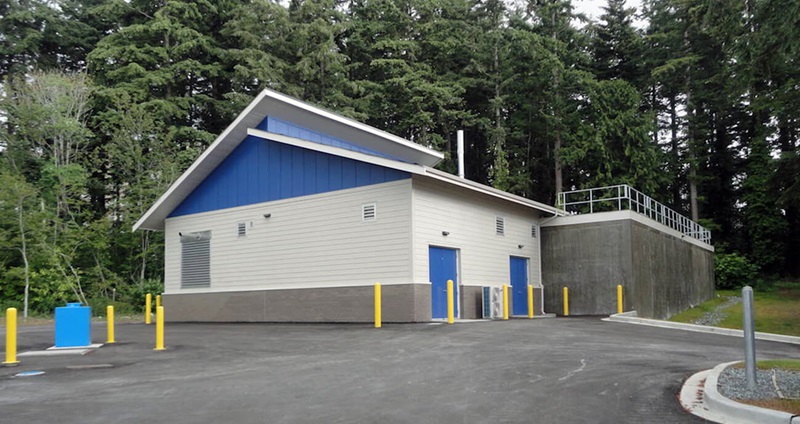
Oxford Water Treatment Plant Design-Build
White Rock,
British Columbia
